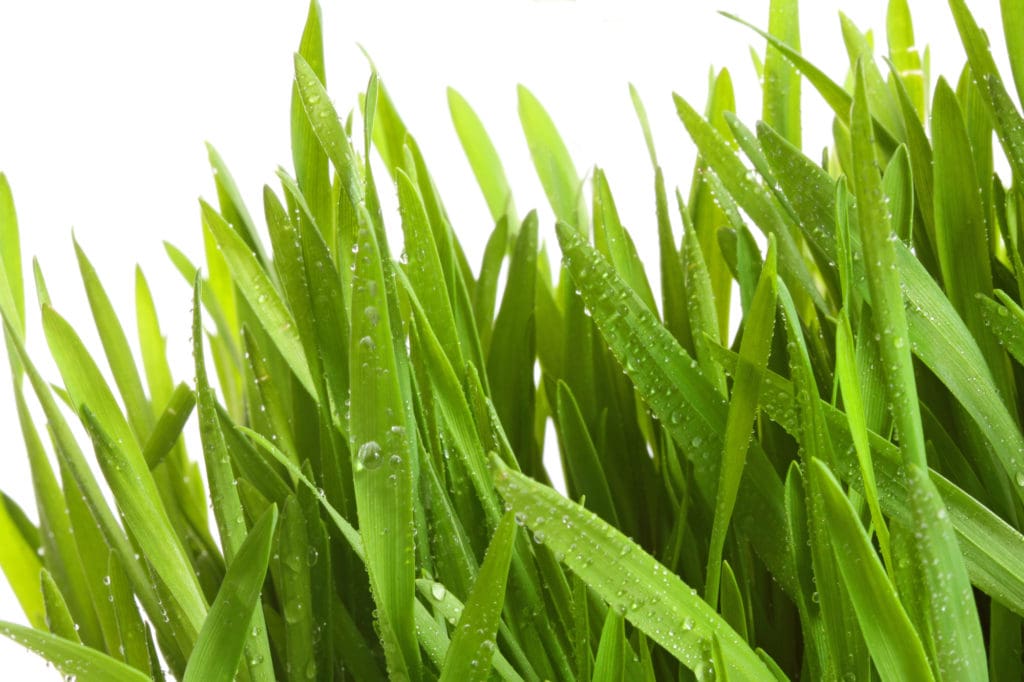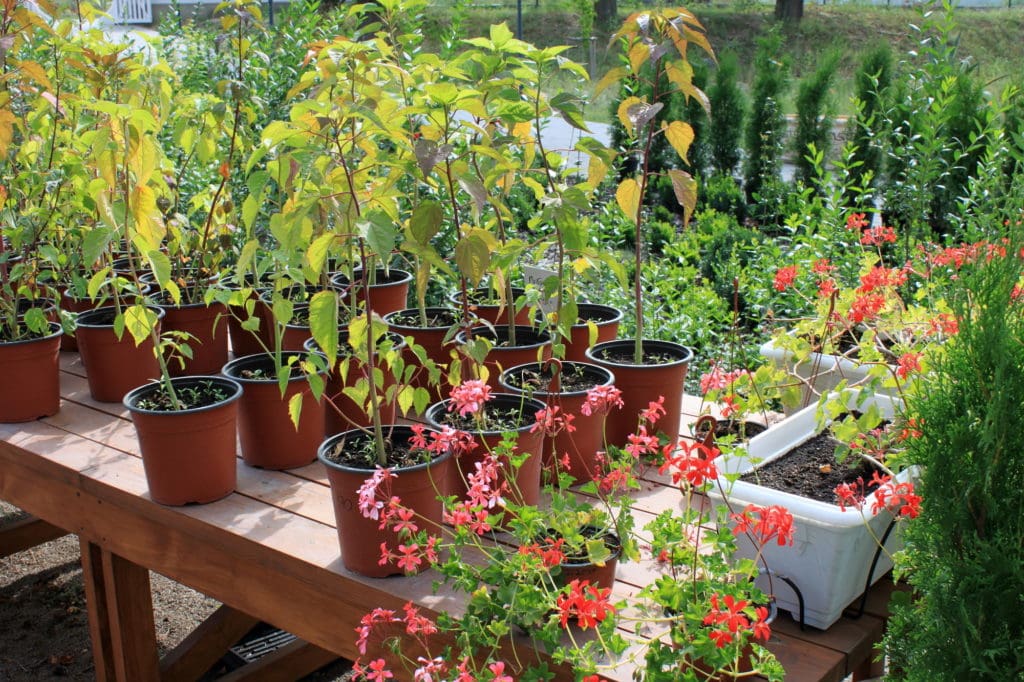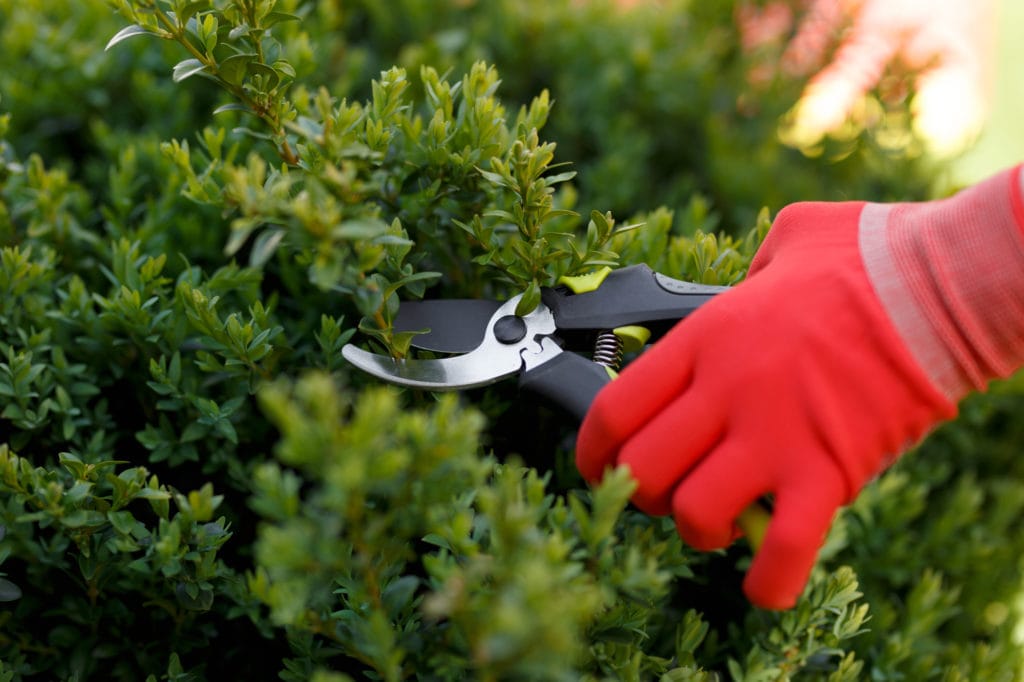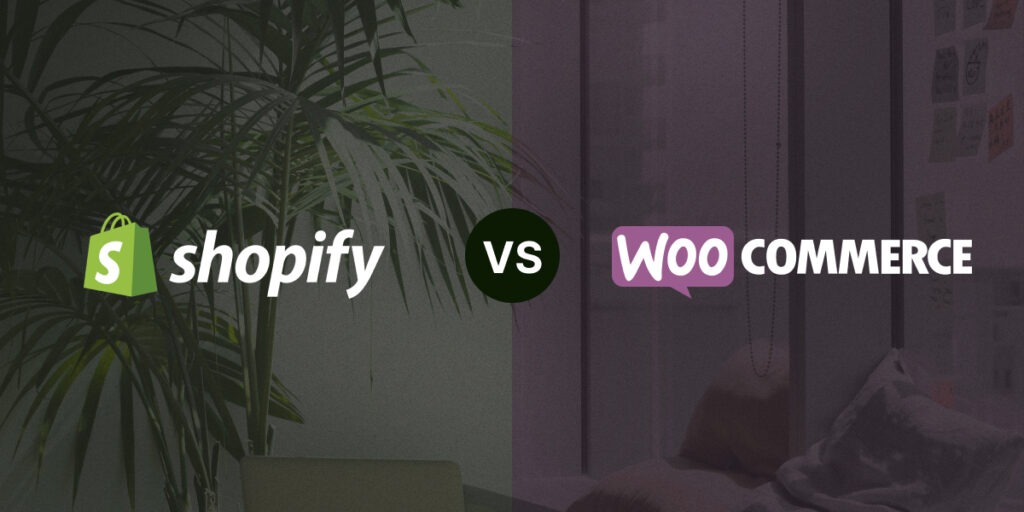How green is your thumb? Well, it doesn’t have to be very green at all to make a plant growing equipment brand. According to Better Homes and Gardens, over 20 million novice growers decided to pick up their trowels and play in the dirt in 2020. Add those beginners to the already established 42 million gardeners in the US, and it’s easy to see why the home and garden industry is so hot.
Technavio forecasts the global home and garden products B2C e-commerce market will grow by $101.65 billion with a projected CAGR of 9% by 2024. The global gardening tools market alone should reach $10.5 billion by 2025, as reported by Market Research Future.
Why the sudden interest in plants? People just had more time at home, and many sought a hobby they could enjoy while social distancing. Further, experts believe the cost of food will continue to skyrocket thanks to inflation. The USDA reports food-at-home prices will increase between 2.5 and 3.5% during 2021. On the contrary, a home garden that costs $70 to plant can produce $600 worth of food annually, according to The National Gardening Association.
And no, these newbie growers have no intentions of packing up their gardening tools anytime soon. Even as society returns to normal, the majority plan to continue growing well into 2021 and beyond.
As an entrepreneur, now is the perfect time to get your hands dirty and reap your share of this multi-billion dollar industry. But is anyone actually making it big digging in the dirt? Absolutely! Let’s examine these plant growing equipment success stories:
From Wheatgrass Plant Growing Equipment Kits to $400K
Parker Garlitz and her sister Kaitlin decided to launch an e-commerce business to help fund college expenses. Selecting the right product was easy. Kaitlin, an avid vegan, had just gotten into growing and juicing wheatgrass. The duo decided to create and sell their own wheatgrass growing kits. Together, they founded Living Whole Foods, Inc. in 2000.
Since Parker had plenty of online marketing experience, she handled the social media presence and advertising. Kaitlin took care of the rest. Growing wheatgrass was very much a micro-niche, and Parker didn’t set the brand’s goals very high. Bringing in an additional $5,000 per month would suffice. However, after only a few months, the company far exceeded this modest goal.

The market for growing kits was larger than the sisters ever imagined!
Living Whole Foods quickly grew and started adding more products to their lineup, including indoor herb garden kits, seed kits, electric juicers, and wheatgrass supplements. In 2006, they acquired Handy Pantry, a company that specialized in sprouting seeds. And in 2014, Living Whole Foods merged with Mountain Valley Seed Company to form True Leaf Market.
Today, the company that once hoped to bring in 4-figures now does over $400K monthly! What’s their secret? Adding 50-100 new SKUs each month ensures customers can always find plant growing equipment, seeds, and other new products to enjoy. And connecting with their audience guarantees repeat buyers.
Thinking of growing a green business like this? See how Jason Brunson did it.
Innovating the Garden Scene and Surpassing $200 in Sales
Sometimes improving products already on the market is the best way to grow a business. Like many hard-working, time-strapped parents, Michele Morton spent far too many hours pulling weeds from her garden. And the hand tools she owned were a pain (literally) to use.
Instead of going along with the status quo, Michele decided to shake up the gardening community. She invented the MaxBit as a way to dig the perfect hole every time. The tool attaches to a power drill and speeds up the digging process. No longer would tired mothers have to get on their hands and knees to tend to the garden. The MaxBit revolutionized pulling weeds, making the once backbreaking chore quick, easy, and fun!
As an entrepreneurial novice, Michele bootstrapped her way to success. She had to learn everything about starting a brand and inventing a product from scratch. Fundraising became a priority. A successful event brought in about $10,000, which she used to develop a prototype.

Getting a patent for the MaxBit was also a priority for Michele. While many people told her not to worry about it, Michele knew she didn’t want copycats to steal her idea. She also didn’t want to infringe on similar products. The total cost to finalize the patent paperwork cost just under $1,000.
In 2016, the MaxBit launched at a local trade show, and it was an instant hit. After that eye-opening experience, Michele entered the product into several wholesale trade shows throughout Arkansas. Five months after the original launch, Walmart decided to carry the tool on its website. The Grommet, a company known for selling new and unique products, agreed to sell the product in May 2018.
Michele’s vision didn’t stop with the MaxBit. By 2019, she launched two additional products, and her brand exceeded $200K in sales.
Ready to plant, fertilize, and grow your own gardening tools success story? Here’s how you can become a plant growing equipment tycoon:
Pain Points of a Green Thumb Audience
Before jumping into any business venture, you must identify and know your audience. There are a ton of different gardener types in the world. Some grow crops on an industrial level, and others do it for fun. Many home gardens focus on a single plant, and others have gardens full of variety. Which do you want to serve?
Gardeners, regardless of their skill level, often share similar pain points, including a lack of:
- Time
- Knowledge
- Space
Creating an e-commerce brand that focuses on these pain points will help drive customers to your site. Providing information and products to solve the problems at hand will create rapid fans.
How can you connect with gardeners? Building an authority website is a great place to start.
Cultivating a Gardening Tools Authority Website
An authority website is simply a trusted site. It’s a place where users and even industry experts can head for accurate, up-to-date information. Search engines, especially Google, rank authority sites much higher than shady, fly-by-the-night websites. And after you reach authority status, your audience will buzz about your brand to others. Word-of-mouth marketing is, perhaps, the best form of advertising.
So, what does this have to do with your plant growing equipment business? A lot. It could mean the difference between launching a side hustle or building a 7-figure business you can sell down the road.
Now that we got your attention, let’s examine how you can transform a barren webpage into a blooming gardening authority site:
Plant Meaningful Gardening Content
Share your passion and knowledge of gardening with the world. Upload regular content, blogs, photos, or videos to increase visitor engagement. And don’t be shy about showing your personal gardening feats and fumble. The more valuable your content, the more people will trust what you have to say.
Get Social with Fellow Gardeners
Where do gardeners go for advice? Many scroll through their social media feeds. Your brand should have a business profile on all the top platforms, including Facebook, Instagram, and TikTok (yes, it’s not just for 20-year-olds). Post daily and interact with all your followers. And consider reaching out to well-known gardening influencers. Partnering with popular TikTokers like Garden Marcus (681.4K followers) and Epic Gardening (844.3K followers) is an excellent way to reach an even broader audience.
Grow an Email List
People check their email multiple times a day. An email list is the best way to interact with your audience on a personal, targeted level. Got an upcoming launch? Sending out teasers to your email list will increase interest and produce FOMO. How many people do you need on the list? Aim for 1,000 emails at first. That number may sound unattainable right now, but once you hit it, growing your list to 10 or 20K names will be a breeze.

Once you create a name for yourself as THE gardening guru, selling products is a walk in the park. But, of course, you still have to have a product to launch. (And remember, one GREAT product is better than several mediocre ones!)
What Every Gardener Needs
Gardening requires patience, skill, lots of dedication, and the right tools. As a gardening expert, your customers will turn to you for the latest plant growing equipment. What should you offer? It depends on your target audience.
Plant growing equipment sells for around $5 per product. Gross product margins are about 44% for a typical garden tools company. Of course, if you invent something game-changing like the MaxBit, you can charge a premium. (The MaxBit retails for $39.99, for reference.) Because of low margins and price points, selling bundles may be your best bet.
Assuming you want to serve the micro-niche of novice home gardeners, all-in-one kits are a great place to start. Each kit should contain seeds, essential gardening tools, planters, fertilizer, and anything else necessary for a plentiful harvest. And if you have a ground-breaking new product, be sure to include it!
Here are some kit ideas to get creative juices flowing:
- Indoor herb kit
- Seasonal flower garden kit
- Elevated planter kit
- Hydroponic garden kit
- Organic mushroom kit
- Hanging tomato growing kit
- Square foot gardening kit
When you launch your brand, it’s best to focus on one idea instead of tackling them all. Ask yourself these questions:
- What does my audience want to grow?
- Where will they grow it?
- What problems might they face along the way?
- What tools will make their garden flourish?
- Which gardening products do they need the most?
- How can I improve upon what’s already on the market?

The answers will vary depending on your target audience’s needs. For example, if you choose to serve those who live in big cities, selling small-scale, easy-to-store plant growing tools is ideal. But if you want to make a kid-friendly garden, creating colorful, interactive, hands-on products is the better route.
The Takeaway
The plant growing equipment market has grown tremendously in the past year. While people stayed home during the pandemic, millions started gardening to pass the time. And as the world returns to normal, these novice gardeners plan to continue with their new hobby for the long run.
There’s room for you to harvest a fortune in this multi-billion dollar industry. Gardening requires the right tools and know-how. And it’s possible to do that with an authority website, innovative gardening products, and an engaged audience.
Are you ready to put your green thumb to use? It’s time to plant the seed for your gardening tools brand and watch it bloom into a 7- or 8-figure business. Ready. Set. Grow!













